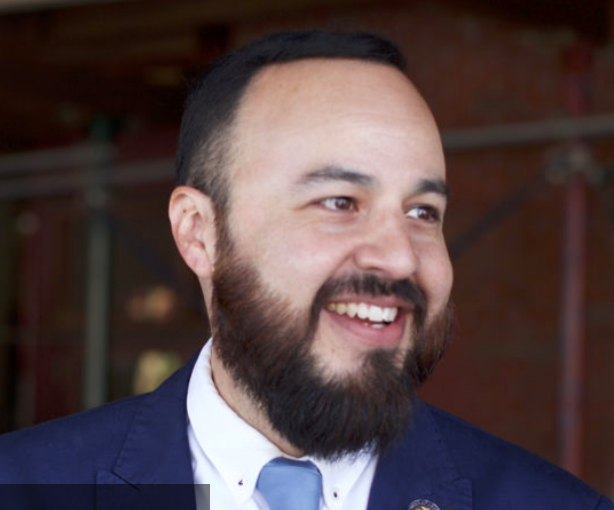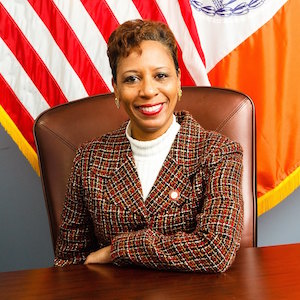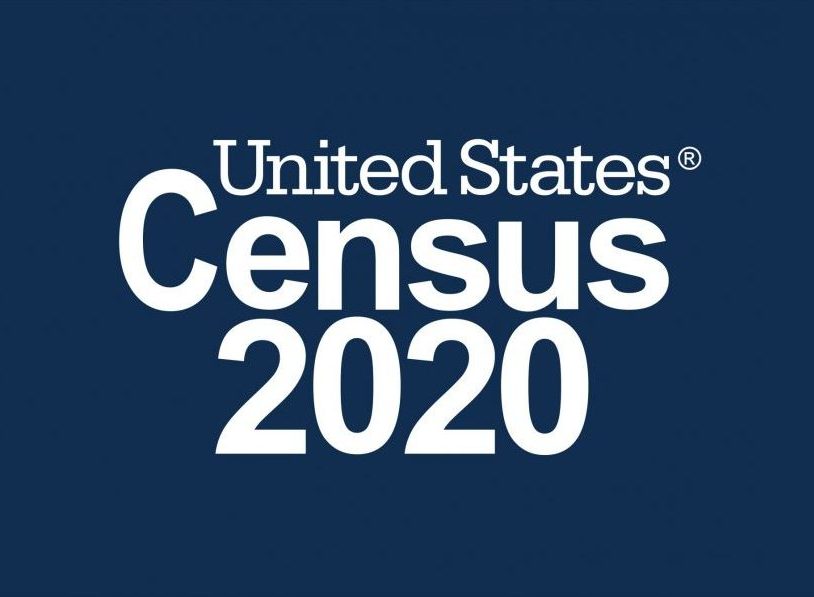For City Councilmember Francisco Moya (D-East Elmhurst, Elmhurst, Jackson Heights, and Corona in Queens, including Flushing Meadows Corona Park, Lefrak City and LaGuardia Airport), it was the fears of one mom that really hammered home how difficult it was going to be to get people to participate in the 2020 Census.

This mom was an organizer and the head of the Parent’s Teachers Association for her children’s school. But, despite being so active in the community, she didn’t want to fill out the census. She’d rather her landlord do it or she not be counted at all. She was undocumented and worried it would endanger her and her family.
“It was a very eye opening moment for me,” said Moya. “This is a very strong, you know, woman who goes out there and organizes but yet there is this fear still of filling this out or having someone else take of that responsibility because she’s undocumented.”
He eventually convinced the mother to fill out the census but he knows there are many more people out there like her, Moya said.
Moya’s experience with the hesitant mother in his district is an example of one of the numerous challenges lawmakers like himself are facing as they try to get their constituents to participate in the 2020 Census. Dense and diverse with an heavily immigrant population, Queens is historically undercounted in the census. This year is proving to be no exception. Complications and delays caused by the pandemic, fear amongst immigrants caused by attempts to add a citizenship question by the Trump Administration, and a lack of understanding of how important it is to participate in the nation’s population count which only takes every ten years are just some of the hurdles Queens lawmakers are struggling to overcome. And now, with the moved up September 30 deadline looming and census season coming to an end, there’s an increased sense of urgency to make sure as many people get counted as possible.

“An undercount in a county like Queens, or any county in the City of New York, is very different, I think, from an undercount in a lot of other parts of the country,” said Acting Queens Borough President Sharon Lee. “Just by sheer density, by our needs –– all exacerbated by, of course, the pandemic.”
Every person not counted is money lost for the borough, she said.
“We’re talking to the tune of millions and millions and millions of dollars,” Lee said. “The census is almost like voting. If we’re not counted, we really don’t matter. We’re rendered invisible because we’re not counted.”
According to data compiled by the 2020 Census, Queens County has had a 60% response rate so far. This is more than the city’s overall response rate which is 58.9% but less than the state’s which is 62%.
Not only is representation in Congress determined by the census but funding for schools, roads, mass transit systems, healthcare and more all come from formulas that use census data, said New York Regional Director for the Census Bureau Jeff T. Behler. And the data from each census is used for the next ten years.
“That’s why we’ve got to keep the focus on just making sure we get the most complete and accurate count,” he said. “We really get one opportunity to make sure our community gets its fair share of representation and its fair share of funding.”

But being chronically undercounted and therefore underrepresented and underfunded is a reality for many districts in Queens.
“We’ve been undercounted forever and it shows up,” said City Councilmember Adrienne Adams (D-Jamaica, Richmond Hill, Rochdale Village, South Ozone Park).
Her schools are underfunded, she said. There’s no hospital in Community Board 12 nor out on the Rockaways.
She’s found that helping people understand the impact of filling out –– or not filling out –– the census helps so it’s been a focus of her messaging. More often than not, constituents don’t know how the census impacts their daily lives. But once they do, she said, everything changes.
“Once you scratch that surface and really start getting into what it means specifically for communities, people’s eyes start to, you know, get bright,” she said. “It’s just a whole revelation.”












